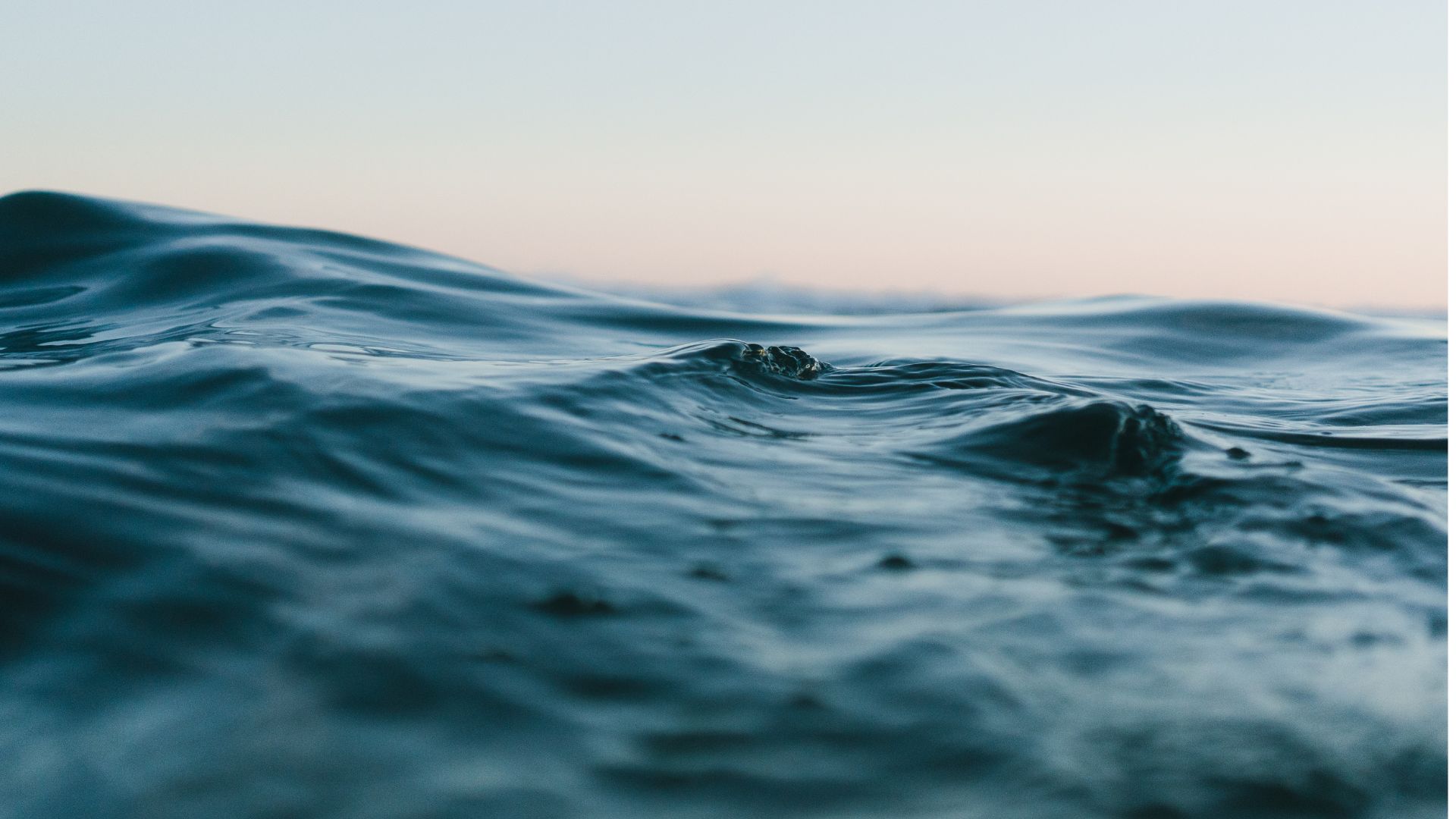Underwater welding is a specialized skill crucial to maintaining and repairing structures submerged in water, such as ships, offshore platforms, and underwater pipelines. This demanding field requires not only expert welding skills but also a comprehensive understanding of the underwater environment and its unique challenges. This article explores the techniques, applications, requirements, and specific problems associated with underwater welding.
Techniques of Underwater Welding
Underwater welding is generally divided into two main categories: wet welding and dry welding (hyperbaric welding).
Spawanie na mokro
Wet welding involves performing the weld directly in the water, using waterproof electrodes. The most common technique used for wet welding is Shielded Metal Arc Welding (SMAW), also known as stick welding.
Cechy:
- Direct Contact with Water: The welder and the welding arc are exposed to the water environment.
- Simplicity and Speed: Wet welding is quicker and requires less setup time compared to dry welding methods.
Spawanie na sucho (spawanie hiperbaryczne)
Dry welding, or hyperbaric welding, involves creating a dry, pressurized environment around the weld site. This is usually done using a hyperbaric chamber or habitat that encases the area to be welded.
Cechy:
- Kontrolowane środowisko: The welding is done in a dry, controlled atmosphere, which improves weld quality.
- Kompleksowa konfiguracja: Requires significant preparation and specialized equipment to create the dry chamber.
Zastosowania spawania podwodnego
Underwater welding is vital in various industries, including:
Marine Industry
- Ship Repair: Fixing hull damage, propeller repairs, and other structural maintenance to ensure vessel integrity and safety.
- Construction of Marine Structures: Building and maintaining docks, piers, and underwater portions of bridges.
Offshore Oil and Gas
- Platform Maintenance: Ensuring the structural stability of offshore oil rigs and platforms.
- Pipeline Repairs: Welding and maintaining underwater pipelines that transport oil and gas.
Renewable Energy
- Wind Farms: Constructing and maintaining offshore wind turbines.
Requirements for Underwater Welding
Underwater welding demands rigorous training and certification due to the high-risk nature of the job and the technical skills required.
Szkolenie i certyfikacja
- Commercial Diving Certification: Welders must first be certified as commercial divers, with extensive training in underwater navigation, safety protocols, and diving equipment.
- Specialized Welding Training: Additional training in underwater welding techniques and procedures is required. Certifications from recognized bodies like the American Welding Society (AWS) or the International Diving Contractors Association (IDCA) are often necessary.
Equipment
- Waterproof Electrodes: Special electrodes designed to function in a wet environment.
- Diving Gear: Full commercial diving suits and helmets to protect the welder and provide breathing support.
- Hyperbaric Chambers: For dry welding, specialized habitats or chambers are used to create a dry environment around the weld site.
Specific Problems in Underwater Welding
Underwater welding presents several unique challenges that must be managed to ensure successful operations.
Kruchość wodorowa
- Issue: Hydrogen molecules from the water can enter the weld metal, leading to increased brittleness and the risk of cracking.
- Rozwiązanie: Using specific welding techniques and materials that minimize hydrogen absorption, such as using low-hydrogen electrodes.
Widoczność
- Issue: Poor visibility due to water turbidity, low light, and the presence of marine growth can make it difficult to perform precise welds.
- Rozwiązanie: Using underwater lighting and cameras to improve visibility and guide the welding process.
Porażenie prądem
- Issue: The risk of electric shock is higher due to the conductive nature of water.
- Rozwiązanie: Ensuring proper insulation of welding equipment and using direct current (DC) power sources, which are safer than alternating current (AC) in wet environments.
Pressure and Depth
- Issue: Increased pressure at greater depths can affect both the welder and the welding equipment.
- Rozwiązanie: Hyperbaric welding techniques can be used to manage pressure differences. Welders must also be trained to work safely under high-pressure conditions.
Thermal Conductivity
- Issue: Water’s high thermal conductivity can rapidly dissipate heat from the weld area, making it difficult to achieve proper fusion.
- Rozwiązanie: Adjusting welding parameters, such as increasing current, to compensate for the rapid heat loss.
Wnioski
Underwater welding is a challenging yet essential field that supports the maintenance and construction of crucial underwater structures. It combines advanced welding techniques with specialized diving skills to perform repairs and build structures in a demanding environment. The primary techniques of wet and dry welding each offer distinct advantages and are chosen based on the specific requirements of the task at hand.
Despite its challenges, including hydrogen embrittlement, visibility issues, electric shock risks, and pressure effects, underwater welding continues to be indispensable in industries such as marine, offshore oil and gas, and renewable energy. Ongoing advancements in technology and techniques promise to further enhance the safety, efficiency, and quality of underwater welding, ensuring its critical role in maintaining our underwater infrastructure.

